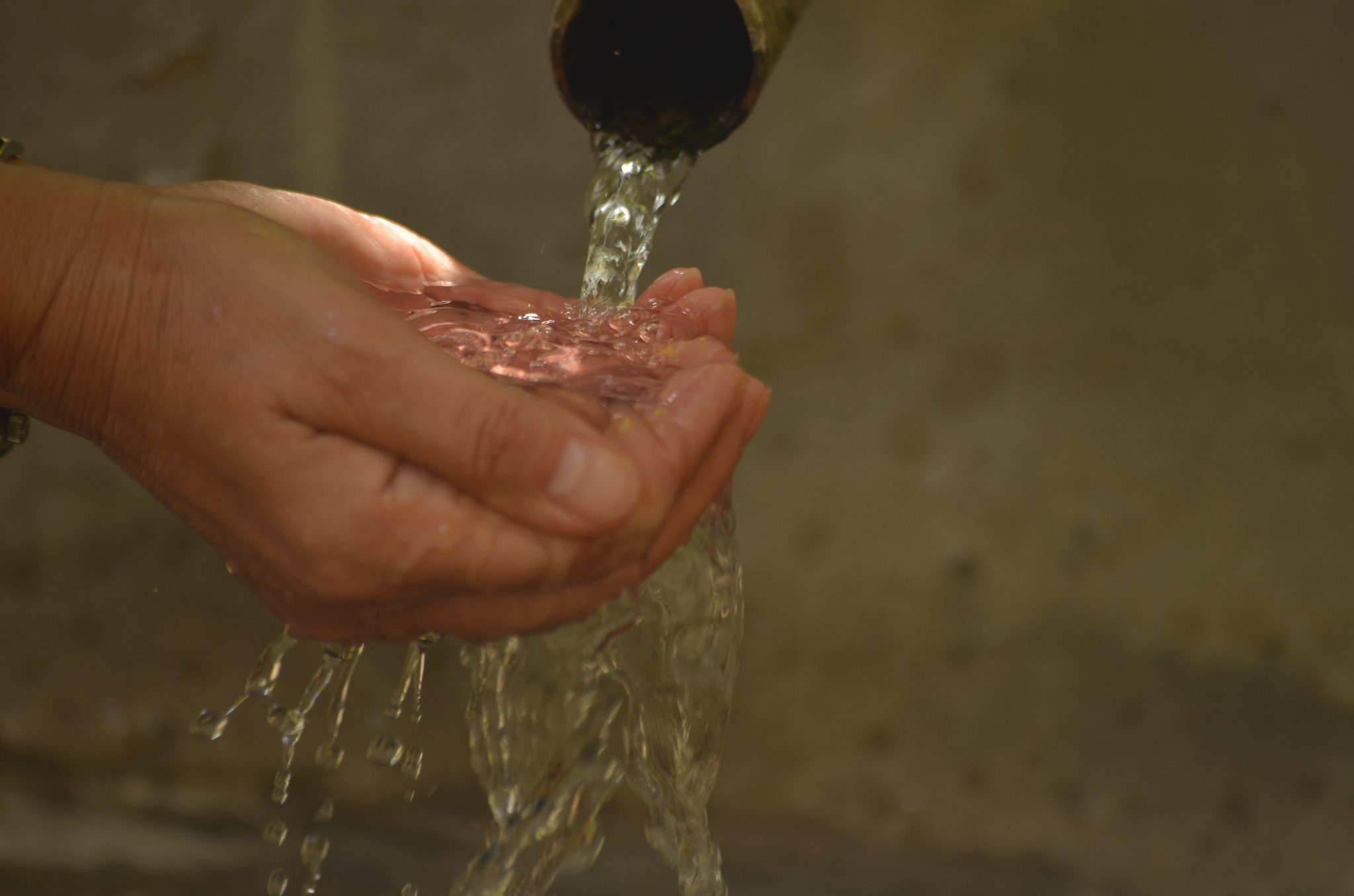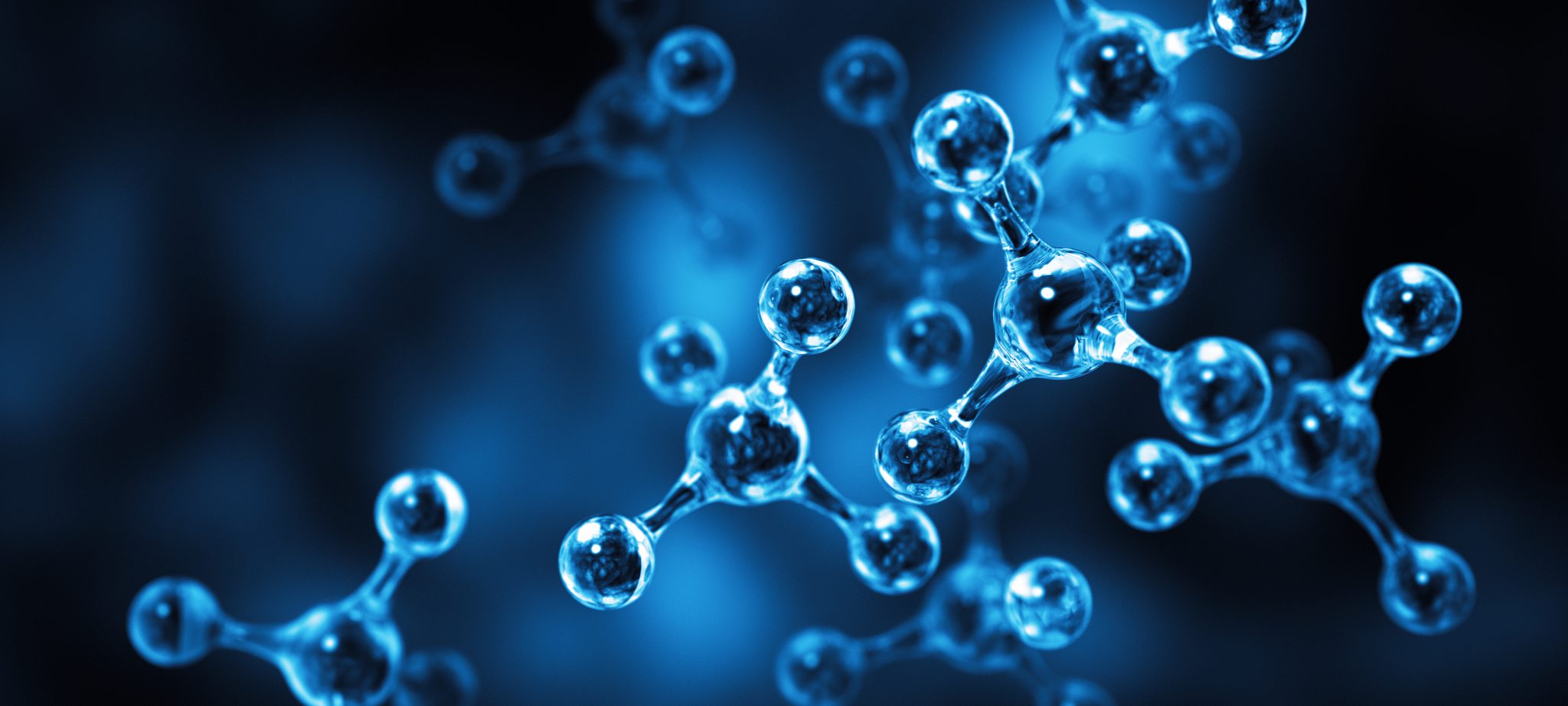How Far Have Water Treatment Technologies Come from 2000 to 2021?

Water treatment technologies to date
Three key aspects have driven the development and execution of water treatment technologies: the detection and removal of pollutants, the introduction of new water quality standards, CAPEX and OPEX. For many years, municipal water treatment processes took a traditional secondary treatment approach. However, during the last 20 years, the water shortage was recognized and, as a result, the industry’s policy has changed dramatically and water utilities have seriously considered different treatment technologies.
Reverse Osmosis Desalination
The market segment using RO Desalination technologies is typically small to mid-sized plants, predominantly in the Middle East. Historically, there were three grades for RO membrane pressure (300 psi, 600 psi, and 1,200 psi), however, new RO membrane suppliers are inventing extremely high-pressure RO spiral wound membranes capable of 1800 psi. RO technologies allow brine concentrations of up to 130,000 mg/L of total dissolved solids (TDS), restricting brine treatment expenses or downstream brine disposal. ROTEC by WFI Group introduced its breakthrough Flow Reversal (FR-RO) technology which reaches a 92-98% recovery rate, thereby helping to meet the growing demand for cost-efficient and environmentally friendly water reuse and supply.
Biological Wastewater Treatment
Traditional biological wastewater treatment is into its third century and the activated sludge process celebrated 100 years a couple of years ago. Throughout the years, innovation and technology development has continued, as they still do today. Current drivers for new technologies include water quality requirements which keep getting stricter and include more parameters, and the quest for improved sustainability. Lower maximum values of nutrients, and specifically nitrogen and phosphorous, are gradually being required from wastewater treatment plants. While this used to only apply to large plants handling cities, it is gradually being applied to smaller plants too. To achieve sustainability, energy efficiency in wastewater treatment is encouraged, aiming for energy neutrality in the short term and energy positive wastewater treatment in the long term.
WFI’s TAYA process is an example for a technology providing high effluent quality on small scale with best-in-class energy requirements and minimal operator attention, by improving a low energy process which operates at a higher rate and delivers better performance. TAYA is suitable for water reuse in agriculture, but is also compatible with solar power generation to cover its own requirements and even supply excess power to the grid.
Pollutants Removal Treatment

Recent years have drawn growing attention to the topic of micro pollutants and to contaminants of emerging concern, which originate from day-to-day chemicals such as drugs, hormones, pesticides, herbicides and other sources. These reach water bodies such as rivers, lakes and groundwater, and may accumulate in the human body, animals, or industrial plants. Primarily, requirements relating to these materials are being set for indirect and even direct potable reuse of treated wastewater. It can be expected that over time these requirements will apply to all wastewater treatment in order to reduce the accumulation of pollutants in the environment. The ultimate treatment to reduce the load of these newly and partially regulated pollutants from treated wastewater involves advanced oxidation processes or adsorption for offsite destruction.
Best Available Technologies (BAT)
Another crucial change was the 2006 introduction of the BAT Reference Document for the Management of Waste from Extractive Industries. The BAT directive, which primarily emerged from safety concerns, was established by experts from the EU Member States, concerned industries, non-governmental organizations promoting environmental protection, and the European Commission. The impact of bad management of extractive waste can have disastrous consequences for human health and the environment. Integrating BAT technologies for waste management aims to prevent this happening, enhance performance, and promote sustainability. While execution continues to be a challenge, monitoring implementation will support the continuous learning and international developments in extractive waste management and related BAT.

Game-changing Technologies & Solutions for Water and Wastewater Treatment
Like the WFI Group, several companies are stepping up to the plate with their commitment to progress and a circular economy. WFI focuses on enhancing public health and improving water efficiency by developing sustainable, economically viable water treatment and reuse solutions. It does so by leveraging its profound know-how, proven experience, and working closely with global customers – backed by top-notch water expert teams who are devoted to mitigating water scarcity and resolving water treatment challenges.
WFI’s business units’ breakthrough technologies allow fast and flexible turn-key solutions that solve complex challenges and add value to water, maximizing customers’ ROI. The Group’s business units, tech leaders, in-house R&D, and sophisticated engineering tools for industrial process control, offer comprehensive engineering, integration, and project management solutions for the best available water and wastewater treatment.
WFI Group’s business units comprise TRIPLE-T, ROTEC, TOXSORB, and AST. TRIPLE-T introduced TAYA proprietary technology that provides advanced biological wastewater treatment and reuse solutions for municipalities, decentralized communities, farmers, and agricultural plants. ROTEC’s Flow Reversal (FR-RO) proprietary technology offers the gold standard for ultra-high recovery desalination of water by reverse osmosis (RO). TOXSORB’s MAC proprietary technology provides exceptional high-precision inorganic pollutants removal up to non-detect levels and is NSF61 approved for drinking water and industrial use. Finally, AST’s integration of BAT, includes WFI’s in-house technologies and leading-edge 3rd party tech, combined with profound engineering and project management expertise. Thanks to WFI and all four BUs, people, companies, and organizations enjoy safe and clean water which enhances public health and sustainability. Thus, water treatment plants’ value is maximized by reducing CAPEX and OPEX, lowering energy consumption, saving brine and water, and achieving near-zero cost, while creating new revenue streams for growth.
KEY TAKEAWAY
According to Ofer Avidan, WFI Group CEO, “As the industry resolves some of the world’s most pressing water scientific and technological challenges, it has never been more imperative to continue advancing the economics of water treatment technologies through out-of-the-box approaches. Our proprietary technologies power game-changing solutions focused on enhancing public health, sustainability, and growth.”


